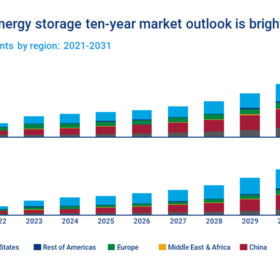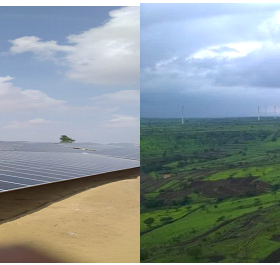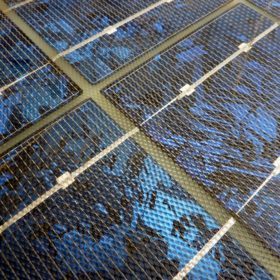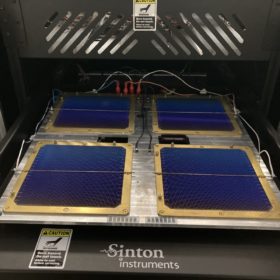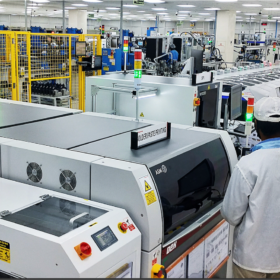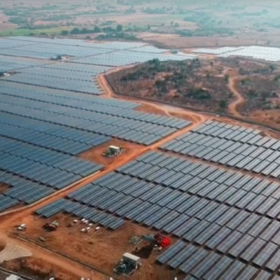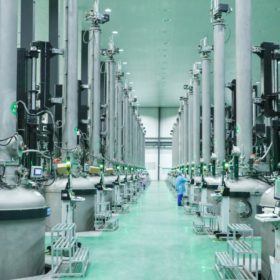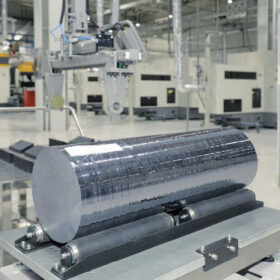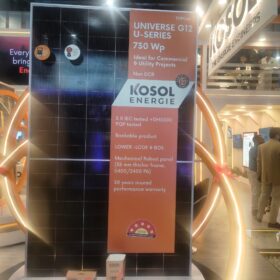Global energy storage deployment may hit 500 GW by 2031
Wood Mackenzie said it expects the United States and China to represent 75% of global energy storage demand in a highly consolidated market.
Tata Power switches on 225 MW hybrid project
The hybrid renewable energy project will supply power to Tata Power’s Mumbai distribution company under a 25-year power purchase agreement.
Central Electronics Ltd seeks 3 million multi-crystalline solar cells
Manufacturers have until August 16 to submit bids for the supply of 3 million multi-crystalline silicon solar cells featuring five bus bars. The cells are required in the peak power rating of 4.68 W and 4.63 W.
Using p-type wafers in heterojunction solar cells, not a lost battle
An international research group has reconstructed the trajectory of p-type wafers in the heterojunction solar cell segment and has identified the lack of knowledge about boron-oxygen related light-induced degradation (BO-LID) as the main cause for the limited adoption of these wafers and the success of their n-type counterparts. According to the scientists, however, there is still big room for improvement for p-type technologies in heterojunction cells.
Metastable opens innovation center for metal extraction from dead lithium batteries
The urban mining startup has set up an R&D and innovation center focused on improving the efficiency and yield of its chemical-free technology for extracting valuable materials from dead lithium batteries. It will ramp up the facility to double it up as a fully operational metal extraction unit by the end of December.
Visaka’s solar roof to power Climate Lab of Anant University
Visaka Industries’ patented Atum solar roof will cover a 4,200 sq.ft area and produce 70 kW of power to run the lab at Anant University’s Ahmedabad campus.
Enphase surpasses 5 million shipments of microinverters produced in India
USA-headquartered Enphase manufactures microinverters in India from Finnish company Salcomp’s plant in Chennai.
Rajesh Exports to set up 5 GWh lithion-ion cell factory
The Bengaluru-headquartered gold refiner will set up a 5 GWh lithium-ion cell manufacturing facility under the government’s production-linked incentive scheme for battery storage.
India’s solar report card for FY 2021-22
India installed 12.3 GW of solar in the twelve months ending March 31, 2022. The nation is expected to add a record 20 GW in the current fiscal.
The PV industry needs 12 times more polysilicon production capacity by 2050
New research from the University of New South Wales (UNSW) predicts cumulative polysilicon demand of 46-87 Mt will be required to achieve 63.4 TW of PV installed by 2050.
